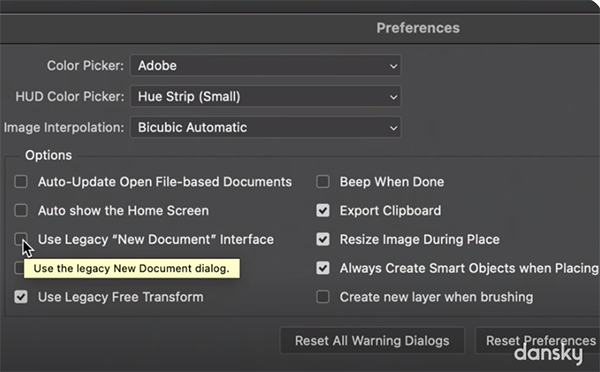Boudoir Basics: High-Contrast B&W Photos by Window Light (VIDEO)
Earlier this month we featured a quick boudoir photography tutorial for beginners from Patrick’s Boudoir Photography Secrets, demonstrating a simple way to capture sensuous photos with basic gear and ambient light. Today Patrick is back again with a similar window-lighting technique—this time with a sitting floor pose that is very flattering for models of all body types.
Patrick is a Vienna-based pro who specializes in capturing natural light portraits that tell a story with thoughtful composition, great image structure, and other compelling elements. His boudoir tutorials are designed for those new to the genre, requiring nothing but a camera and lens, and a bright window to illuminate the scene.
Another benefit if you’re just getting started is that you don’t need an experienced model. In fact, Patrick’s posing tips are designed for “models” who are new to the game like a spouse, friend, or significant other. The floor pose you’ll see today is very comfortable and easy for you to explain.

Patrick begins with this: “In less than three minutes we’ll show you how to perfectly highlight your model’s chest and belly with an incredibly sensual pose on the floor that suits almost any body type and delivers gorgeous results.” Part of the trick is understanding how slight adjustments in body posture can greatly enhanced femininity, and Patrick covers that too.
There’s a lot going on in this video beyond posing, and you’ll learn how to create stunning highlights and shadows with nothing more than light streaming through a window. Patrick also has great ideas on composition, camera gear and settings, and how to quickly edit your photographs to achieve the high-contrast b&w effect he creates as you watch.
And don’t forget: You can double your newfound knowledge in another two minutes by watching Patrick’s earlier boudoir tutorial that’s mentioned above. Then head over to his popular YouTube channel where there are more simple episodes to be found.







